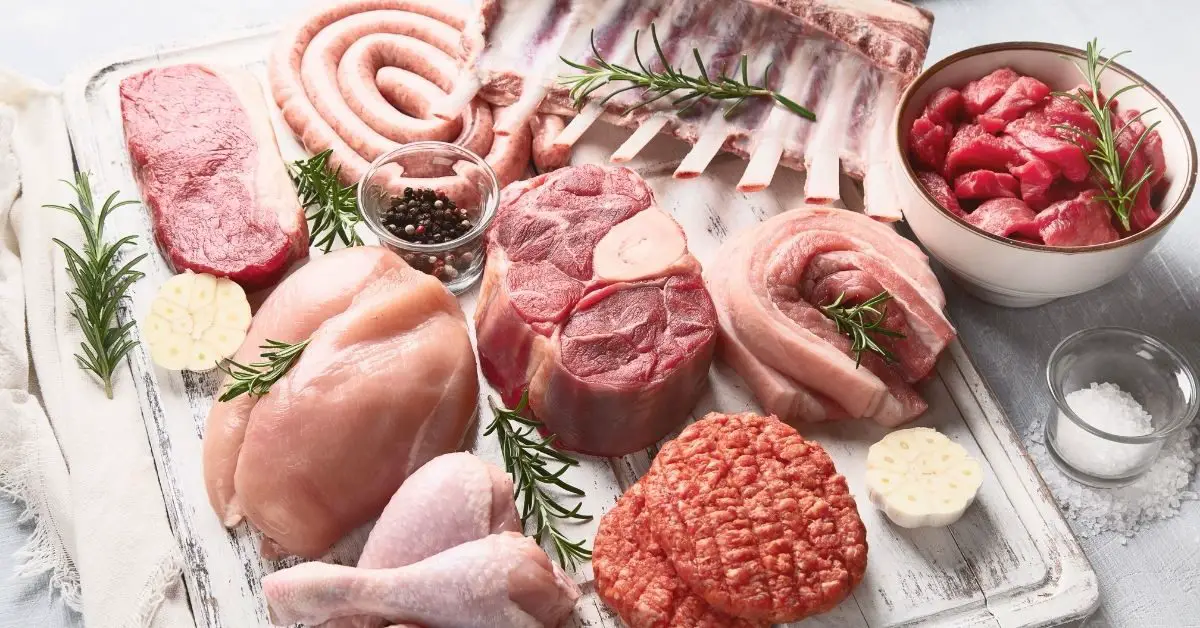Todays article was written by Stacey @ TenderBites – Tenderbites.ph
How To Sell Meat Products in the Philippines: Have you been considering starting a business recently? Why not consider putting up a meat shop? In the Philippines, the meat industry is worth USD $22.2 billion in 2022 (or 1.14 trillion Philippine pesos).
In fact, an average meat business has a profit margin of about 30%, making it a lucrative business sector.
So the question now is, how do you start a meat business in the Philippines? We’ve outlined some steps below if you want to learn more about how to start a business in the meat industry.- How To Sell Meat Products in the Philippines
Table of Contents
Putting Up a Meat Business in the Philippines: Where to Start
Know your local laws and regulations
Researching food safety laws and practice codes will save you a lot of time and stress in the future. Locally, we have the National Meat Inspection Service (NMIS) that regulates meat shops’ food safety and handling practices to comply with the Republic Act 9296 (or Meat Inspection Code of the Philippines).
Obtain your capital
It’s important to obtain sufficient funds to kickstart your meat business. Consider how the operation costs of an average meat shop are around one million pesos, while bigger meat shops could cost about three million pesos. You can get your capital by crowdfunding or applying for a business loan.
Get your license
Acquiring your business license comes next. Registering your meat shop will eliminate the inconvenience of filing extra paperwork and make inspection code checks a breeze.
Choose your meat inventory & suppliers
After complying with local laws, the next step is to know your meat. Again, you have various options: beef, pork, poultry, mutton, and more. You’ll also need to decide on your suppliers and whether you’ll be getting the meat from farmers or resellers.
Choose reputable and legitimate sources and ensure the partners you work with comply with meat inspection regulations.
Get the right equipment
Next, research the proper tools you’ll use to sell. We’ve listed some of them below:
- Counters, Trays & Carts
- Generator
- Meat Grinder
- Meat Packaging
- Meat Slicer
- Protective Gloves, Masks & Clothing
- Quality Butchering Knives
- Refrigerators & Freezers
- Weighing Scales
If purchasing new equipment is too costly, you may opt to buy second-hand or take out a business loan.
Hire dependable staff
Recruiting butchers and staff will speed up your business ops. Train your staff to uphold excellent customer service and provide quality service with a smile.
Choose your location
Find the best location for your meat business. A good spot would be on a busy street near a marketplace. Consider how there’s a higher demand for meat products in high-traffic areas because you’ll have more exposure.
Market your goods & services
Follow best practices when advertising your meat shop, whether it’s by distributing flyers or running sales and seasonal promos. A good marketing strategy will help boost brand recall and attract new customers. For example, run social media campaigns to let customers know you offer special ham on Christmas or Chinese New Year.
Ensure good customer service
Having an on-site store is crucial to establishing your presence. Interacting with customers firsthand can be a fulfilling experience as they tell you how to cut and prepare the meat or ask for recommendations. In addition, good customer service can create loyal customers and drive up sales in the long term.
Pricing your Meat Products: Staying Profitable
Once you’ve started your meat shop, you’ll need to price your cuts carefully. So let’s take a look at the factors that influence the price.
Seasonal changes
Festivals and holidays cause sales to fluctuate. For example, Christmas and the holiday season could cause pork and beef sales to go up and poultry sales to plummet. Adjusting your purchases and inventory according to seasonal changes will help you maximize your profits.
In a similar vein, consider how your suppliers also experience farming seasons, as well. For example, farmers may only nurture a limited supply of calves during an off-breeding season. This causes prices to increase due to the demand being higher than the supply.
Quality
Different types of meat carry different price tags. Consider the needs of your customers and price your meat products accordingly.
Take note that high grades of meat require careful processing and storage that call for a greater price (e.g., wagyu cuts from Japan). Therefore, importing premium meat is the most profitable option and calls for careful handling.
Unforeseen circumstances
Always prepare for unforeseen circumstances. Consider COVID-19 and its impact on buying behavior.
Some factors could make your customers stay away from pork cuts (like during a swine flu outbreak), affecting the products in your inventory. Therefore, choose your suppliers carefully and stay up-to-date with market trends so you can prepare in advance.
Marketing Your Meat Products Online: Getting it Right
Alongside your physical store, you’ll need to make sure customers can reach you on the internet. You can follow in the footsteps of TenderBites, a local meat butcher that offers premium meat cuts prepared just the way customers want. They market meat products online and deliver them straight to a customer’s doorstep.
With an intuitive and user-friendly website, you can boost sales and your digital footprint. In addition, expanding your business online will enable you to reach more customers through campaigns on Facebook, Instagram, or Twitter. How To Sell Meat Products in the Philippines
